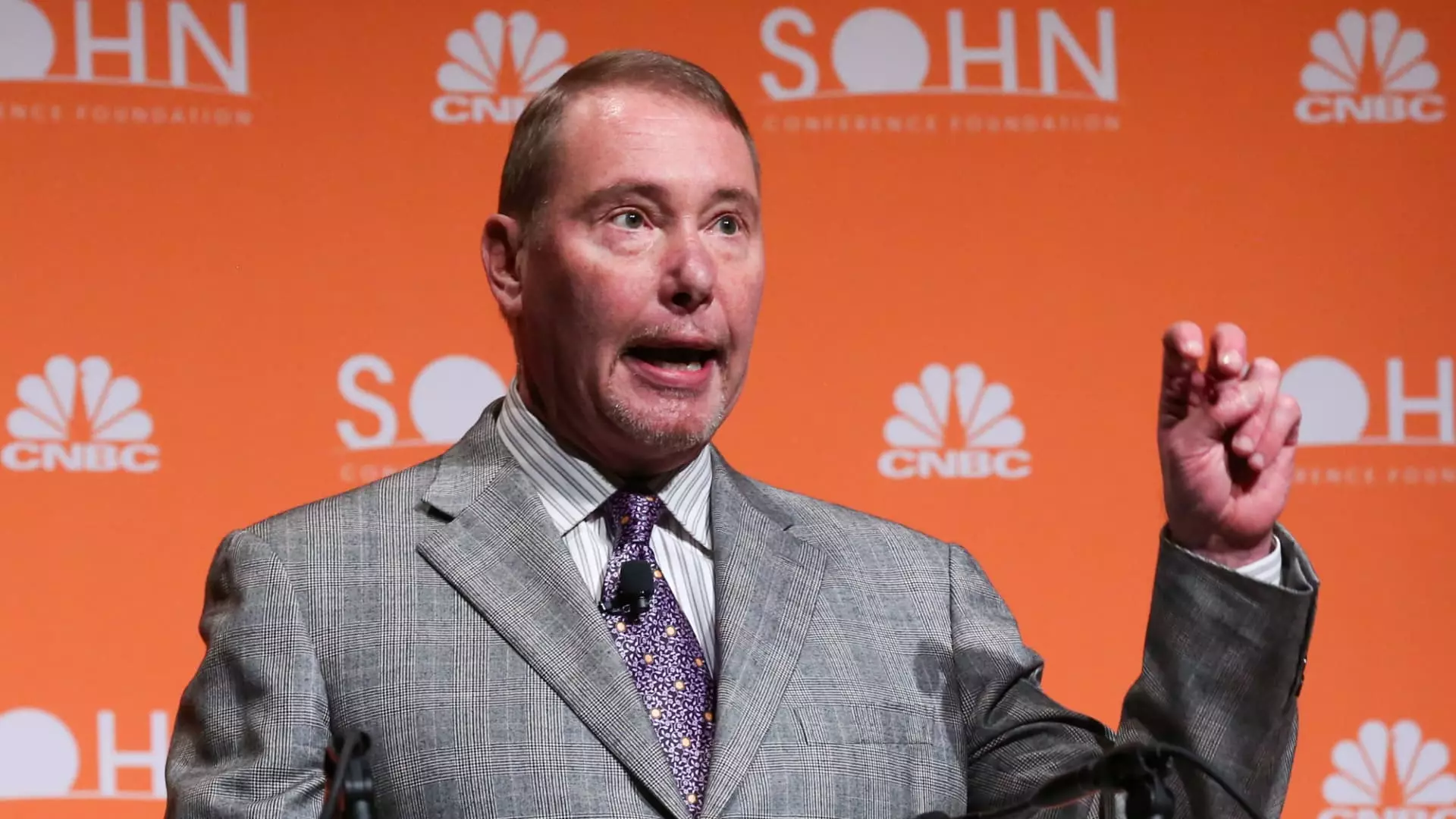Jeffrey Gundlach’s recent bullish stance on gold is not just a bold prediction—it’s a reflection of underlying fears that the current economic landscape is unstable and increasingly precarious. While many investors cling to stocks or bonds, Gundlach advocates for a significant allocation—up to 25%—in gold as a form of insurance against unpredictable inflation and currency devaluation. His conviction is rooted in observable phenomena: a weakening dollar, persistent inflationary pressures, and geopolitical tariffs adding fuel to the fire. It’s worth questioning whether this shift to gold signifies confidence in the metal itself or a broader sense of economic vulnerability. If someone as experienced as Gundlach sees gold as a near-certain safe haven, it implies that the outlook for traditional assets remains cloudy at best.
Unstable Inflation and Currency Dynamics as Catalysts
What makes Gundlach’s forecast particularly noteworthy is his emphasis on inflation—something that’s become stubbornly high despite central banks’ efforts to stem it. Rising inflation diminishes the value of fiat currencies, prompting investors to seek tangible stores of wealth like gold. Moreover, the dollar’s decline plays directly into gold’s attractiveness on the global market. When the greenback weakens, non-dollar investors find gold cheaper and more appealing, further fueling its ascent. However, this scenario isn’t a sign of a healthy, expanding economy but rather a warning signal: policymakers’ tools are losing their effectiveness, and financial stability appears increasingly fragile. Gundlach’s call to allocate up to a quarter of a portfolio in gold isn’t just an investment strategy; it’s a declaration that traditional monetary policies may be insufficient against the growing tide of economic uncertainty.
Policy Signals and Their Implications for Investors
Gundlach’s optimism is amplified by recent Federal Reserve actions, notably rate cuts and a cautious outlook for future easing. While these measures aim to stimulate growth, they also suggest a recognition that the economy may be teetering on the edge. Reduced interest rates decrease the opportunity cost of holding non-yielding assets like gold, further bolstering its appeal. Yet, this environment is a double-edged sword: when interest rates decline, borrowing becomes cheaper, potentially encouraging debt accumulation, which can sow the seeds for future crises. Gundlach’s perspective—seeing gold’s rising tide as a consequence of deliberate monetary easing—raises an important question about the sustainability of such policies and whether they are merely band-aids over deeper economic issues.
Is Gold the Real Anchor in a Stormy Economy?
While Gundlach frames gold as a hedge against inflation, weak currency, and economic turbulence, it also raises broader concerns about the health of the financial system. A deliberate move towards holdings of up to 25% in gold signals that many investors see traditional financial assets as increasingly unreliable. Far from being a diversification tactic, this approach borders on a form of economic insurance that hints at a loss of faith in the intrinsic stability of currencies, bonds, and stocks. If policymakers continue down this path of aggressive easing and inflationary policies, gold’s role as a stable store of value might become more prominent—but at what cost? The shift towards gold reflects a sense of impending economic upheaval rather than robust growth, and investors should heed this warning: complacency may no longer be justified in the current environment.

